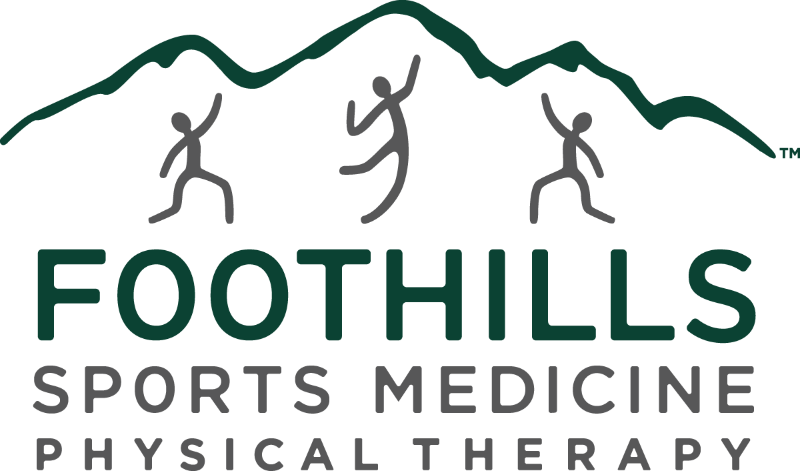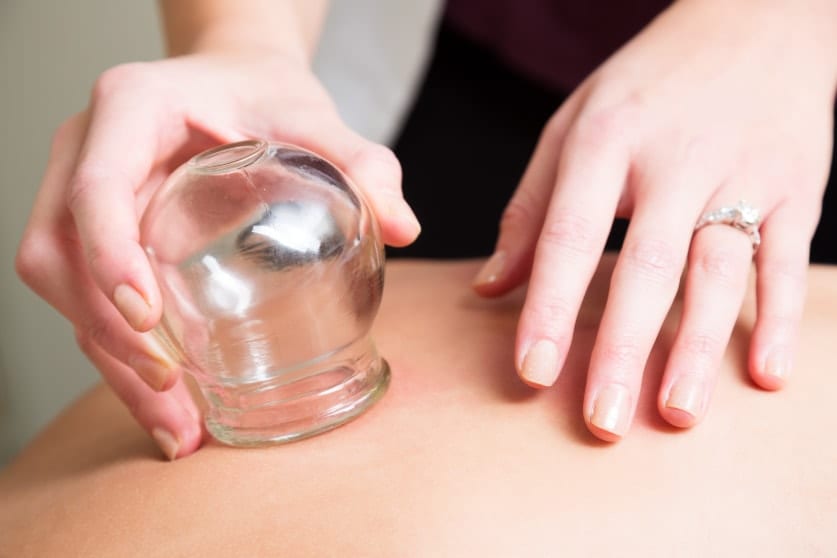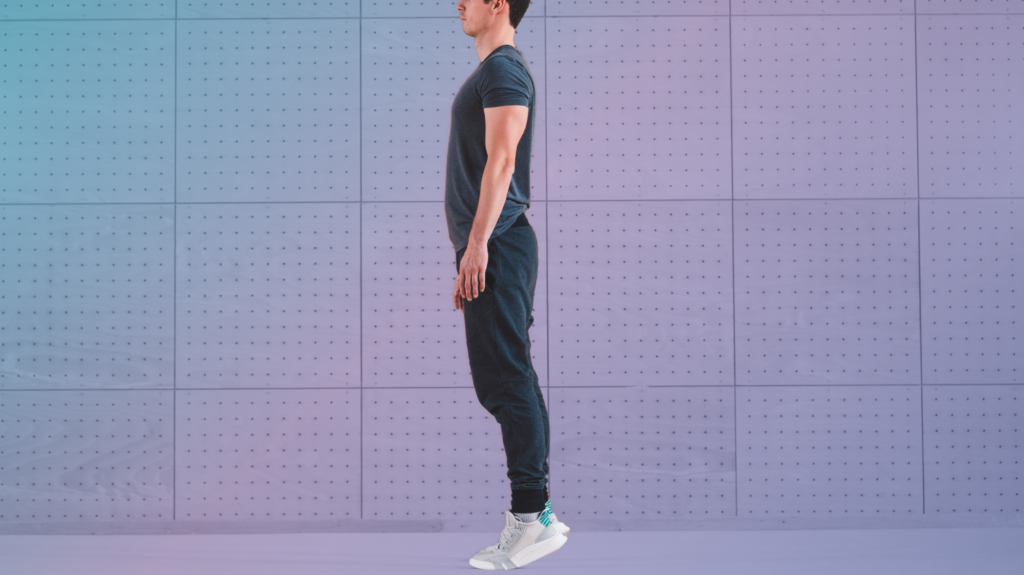Myofascial cupping is an effective pain therapy. It helps reduce tension and adhesions in soft tissue to decrease pain and improve the mobility of tissue.
For a variety of reasons such as injury, overuse, or altered movement mechanics, areas of muscular tissue develop local areas of restriction or trigger points. This can cause pain or limit movement further compounding problems. With myofascial cupping, fluid is pulled into the target area to improve the body’s ability to heal itself. Broad, superficial muscles, in particular, are good targets for cupping therapy.
Cupping can take several different forms:
- Static cupping is the use of a single cup to several cups placed — and left alone — upon trigger points to allow fluid to be drawn into these areas. This tends to be the least aggressive form of cupping.
- Static cups on a dynamic patient is commonly used when movement causes restrictions in the tissue to present themselves. Cups are placed along trigger points and adhesions while the therapist directs the patient to move through dynamic, specific movements in order move the tissue through common multiplanar movements. This further increases the fluid that passes through the area in patterns that the tissue follows.
- Dynamic cupping on a static patient allows the therapist to encourage fluid flow throughout the entire muscle or system of movement. This tends to be more aggressive than the prior two applications.
- Dynamic cupping on a dynamic patient combines the movement of the cup with the movement of the muscular belly. This further increases fluid through the entire muscular belly while also moving the tissue through movements with restriction. This is one of the more aggressive forms of application of cupping therapy.
Whatever the application, cupping works as a pain therapy because it allows for the muscular fibers to repair and move with an improved efficiency. This, in turn, allows the patient relief from some of their pain as well as to increase their functional range and work to return to a higher level of function. If you have any questions consider asking a physical therapist at our various locations.




